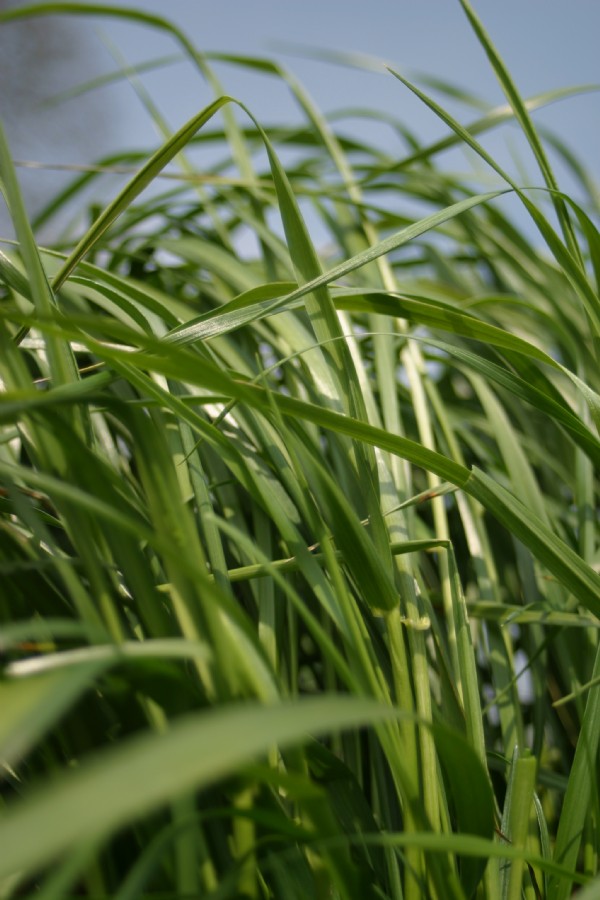

The 2015 ‘Year of Soil’ saw a renewed interest in green manures and fertility building species often known as green crops, and also renewed flexibility regarding sowing rates to meet different requirements and budgets.
The Benefits of Green Manures
We have seen that sowing green crops on to bare land can successfully increase infiltration and reduce runoff in high rainfall events. This is important because of the current emphasis on reducing the levels of pesticides and active ingredients found in water catchments throughout the UK.
Adapting current farming practices to incorporate green crops provides a method to extend the crop rotation. This in turn helps reduce the build-up of pests, disease and weeds burdens in rotations.
The ‘Greening Measures’ have highlighted these crops further, by specifying that certain crops satisfy the rules for the Basic Payment scheme. Species such as clovers, sainfoin and lucerne can be used under the pasture legume options. Pure stands and mixtures of specified species will comply with criteria for Ecological Focus Areas (EFAs), under short-term catch crops or longer term over-winter cover crops.
Flexible Sowing Rates
The interest surrounding green crops and new ideas in this area has highlighted that sowing rates need to be flexible, depending on the job for which the species is being used. Some green crops are aimed at covering large areas for a short amount of time, as a catch crop, while others may be sown for several years to improve longer term issues like drainage, organic matter and soil pans with deeper rooting species.
Traditionally, robust rates have been used to form a dense plant covering, with the aim of suppressing problem weeds and providing the maximum amount of green material to be incorporated back into the soil in order to increase organic matter. A thick plant covering can also ensure the development of a large concentration of roots to condition soils and break through compaction pans.
However more recently we have seen other green cropping techniques which utilise lower sowing rates. For example, creating a thinner crop canopy that allows problematic weeds to germinate and grow alongside the green crop means that the green crop along with the weeds are then destroyed before the next crop.
The use of green crops as part of the ‘Greening Measures’ has given farmers another opportunity to utilise these plants in their system. However, the area of EFA’s, especially on larger farms, has meant that the budget for green crops has to be kept in mind. We have found that quicker growing, leafy crops like brassicas, or phacelia have a greater flexibility for lowering the sowing rate if needed, to ensure the cost is viable to the business. They fill out the sward, provide ground cover and still create a significant canopy and green material.
Creating a balance between sufficient ground cover and lower seed rates can be more difficult when using cereals such as rye. This is because they have a much more upright growth habit and tiller less densely. Using a very low sowing rate for cereal green crops can therefore lead to a thin, sparse covering, which may not create sufficient benefits in terms of improved organic matter, soil structure and root penetration. An effective solution is to use a mixture of cereal and brassicas or legumes to bulk out green crops while still keeping the budget in mind.
Generally a green crop cereal rate of 125-187 kg / ha will provide good dense green crop. However this may be lowered when partnered with species like vetch. Brassica species like fodder radish and mustard will work well at rates of 15-30 kg per ha, with the flexibility to lower the rate, if it is partnered with another green crop.
In summary then, if green crops are being considered it’s important to pinpoint specifically what the crop needs to achieve. Thinking about the persistence, top and bottom growth and growth habit of the species will help narrow down the most suitable plant species or mixture to be used, together with the sowing rate guidelines that should be followed.
Date Posted: 19th August 2015




